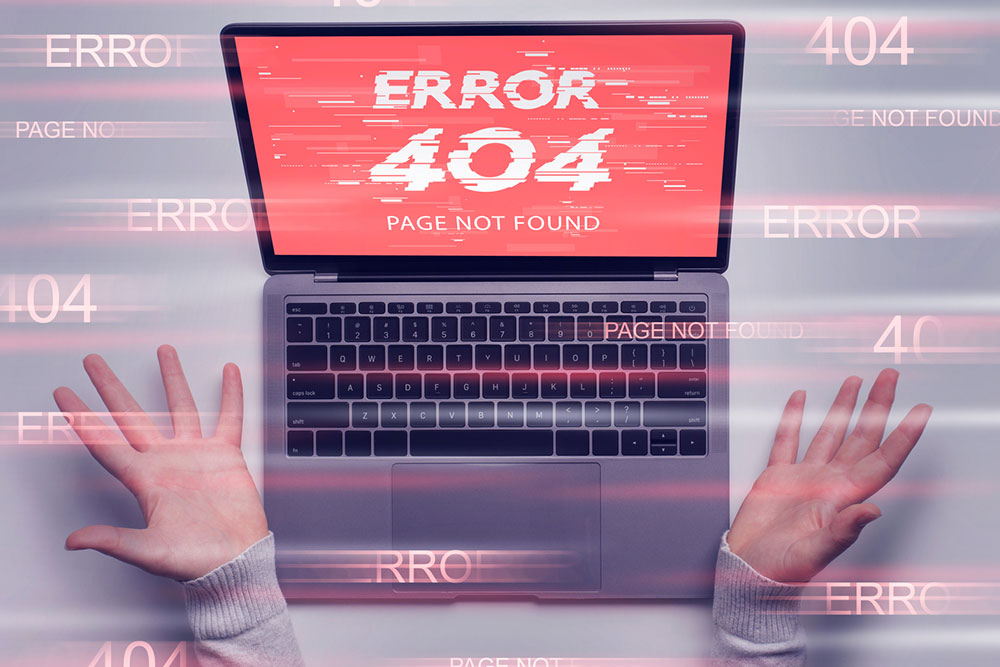6 mistakes to avoid while using the internet

The internet has become an integral part of our daily lives. We spend hours using it for researching, shopping, communicating, and performing other tasks. However, the internet also comes with many risks, which one should be aware of. A tiny mistake can compromise a person’s online security and lead to trouble. Hence, one must take the necessary precautions to stay protected in the digital world. Here are six mistakes to avoid while using the internet.
Using the same password for different accounts
Most services on the internet, including banking websites and shopping portals, require visitors to have an account. Consequently, people open multiple accounts for different tasks. While there’s no harm in doing so, the problem arises when a person uses the same password for each account. Many follow this approach to avoid forgetting passwords, which puts them at a considerable risk. If even one account gets hacked, it exposes all the other accounts to a potential breach. Hence, creating unique and strong passwords (with a combination of letters, numbers, and special characters) for every account is essential. If one finds it difficult to remember their passwords, they can use a trusted password manager for help.
Not enabling multi-factor authentication
Besides setting strong and unique passwords, individuals must secure their accounts with two-factor authentication (2FA) or multi-factor authentication (MFA). MFA provides an additional layer of security by requiring users to complete another verification step after entering the password. It usually involves providing biometric authentication, answering a security question (chosen by the user), or entering a code sent to another registered device. MFA reduces the risk of unauthorized access and makes the account more secure.
Opening links from suspicious emails
The digital world is filled with cybercriminals waiting to pounce on unsuspecting users. Phishing is a common method for stealing money or identity over the internet. In this method, the mischief maker sends a fraudulent email, claiming to be a legitimate entity and luring the victim into revealing their personal information. Sometimes, the email also contains links, which, if opened, can infect the computer with malware. This malware can then expose the device and the user’s personal data to threats. Hence, individuals must exercise caution by scrutinizing an email and verifying the sender’s legitimacy. One must also refrain from clicking on unknown links and never download attachments from unverified sources.
Using public Wi-Fi without a VPN
Public Wi-Fi networks at cafes, restaurants, and airports offer convenience but are unsecured. Using public Wi-Fi without proper protection provides hackers a chance to intercept one’s data and potentially gain access to sensitive information. To avoid the risk of a data breach, one must use a Virtual Private Network (VPN) when connecting to public Wi-Fi. A VPN encrypts the user’s internet traffic, making it more challenging for hackers and cybercriminals to intercept and exploit their data.
Sharing too much information on social media
Social media websites have become popular, with people spending several hours on them daily. These websites are convenient for communicating and staying up to date. However, individuals must be mindful of what they share online because it’s hard to tell who could be reading the information and if anyone is misusing it. Oversharing personal details, travel plans, or other sensitive data on social media platforms can put one at risk of identity theft, stalking, or even burglary. One way to stay safe is to review the social media platforms’ privacy settings. Some platforms let users restrict access to their profiles and control who can see their posts.
Not checking if a website is secure
When browsing the internet, individuals must be cautious about which websites they visit and if they are secure. One can check whether a website is secure by looking at its URL. A secure website will have “https” before its URL and/or a padlock icon in the address bar. On the other hand, an unsecure site will have only “http” (without an “s”) before its URL. The web browser will also display a warning when accessing such websites. These websites can be malicious and put one’s device at risk of getting infected with malware. They can also lead one to fall victim to phishing scams.
These simple yet useful steps can help people stay safe on the internet and have a great browsing experience. Hence, individuals should follow them right away!









